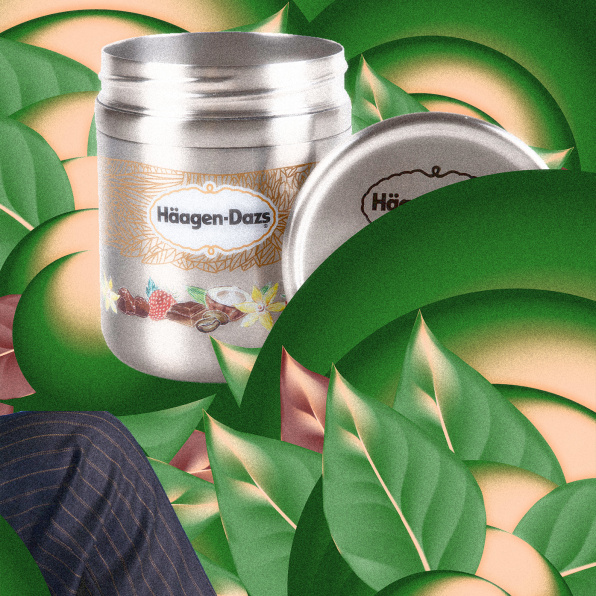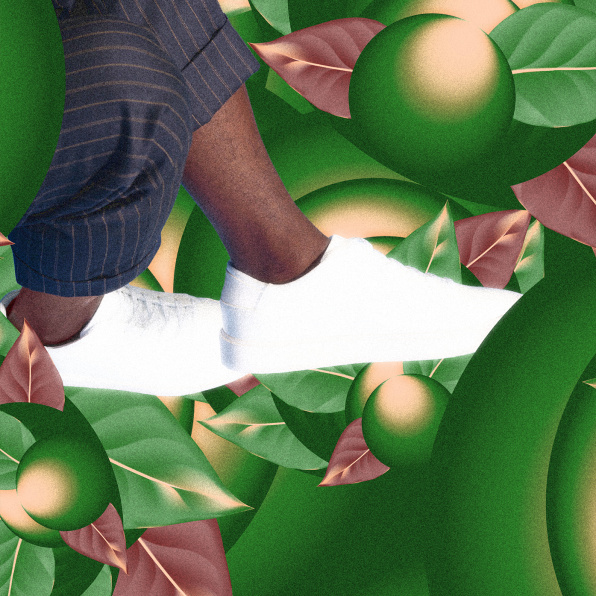Fast Company, 1-15-21, BY ADELE PETERS 4 MINUTE READ
From more reusable packaging to more companies taking back used products to more empowered designers, 2021 will be a key year in the development of new, less wasteful systems.
Right now, most of the world’s economy is linear: Materials are mined, processed, manufactured, sold, and then eventually dumped in landfills. But the idea of a circular economy—one in which materials are used in a closed loop, running on renewable energy—is gaining traction, and many companies are setting goals to become circular in the next few decades. The coming years will be crucial in solidifying the growing circular economy. Here are seven trends that are likely to help it expand in 2021.
A growing number of companies are rethinking product design to avoid disposable packaging. Startups like Blueland and Everdrop now sell cleaning products in the form of tablets that can be dropped in reusable bottles. Bite sells tiny toothpaste tabs so it can avoid the standard plastic tubes. Nestle is beginning to test refill stations in stores for coffee and pet food; a startup called Algramo is rolling out refill stations for detergent and cleaning supplies in laundromats. McDonald’s is testing reusable coffee cups that can be dropped in a bin for cleaning; Burger King is testing a reusable Whopper container.
Others are pioneering new reusable containers for takeout and grocery delivery. Loop, the system that delivers mainstream products like Häagen-Dazs ice cream in reusable, returnable packaging, is continuing to grow. Dove just launched a stainless steel, refillable holder for deodorant.

“It’s a beautifully designed product,” Joe Iles says of the new Dove container; he’s the circular design program lead at the Ellen MacArthur Foundation, a U.K. based organization that focuses on the circular economy. “The aim is that you keep it and almost cherish it. I think we’re going to start seeing more offerings like that, that are desirable. They break away from the idea that this is just for the enlightened few.”THE PLASTIC PACKAGING THAT’S LEFT WILL SHRINK AND BECOME EASIER TO RECYCLE
In some cases, companies are fully eliminating extra packaging—Walmart, for example, has stopped wrapping some individual produce in plastic film in Canadian stores. But others are finding more innovative solutions. Carlsberg replaced some plastic six-pack rings with a new type of glue. Apeel makes a safe, edible coating that can protect fruit from spoiling without plastic wrap.
Companies that focus on local production, like Infarm, which grows greens and herbs directly inside grocery stores, can avoid the packaging that would normally be used in shipping. Other designs still use plastic, but make packaging easier to recycle, like a label-free water bottle that’s made from a single material (of course, the better option for water is a reusable container). This kind of innovation will continue to grow as the problems with plastic become even more obvious: By 2040, according to one recent report, the amount of plastic flowing into the ocean could triple without major changes in the current system.
MORE COMPANIES WILL TAKE PRODUCTS BACK WHEN YOU’RE DONE WITH THEM
If you no longer want your old pair of Levi’s, the company will pay you to bring them back for sale on a secondhand marketplace. Others, like Patagonia, also take back old pieces of clothing, repairing and refurbishing them so that they can find a second life. Startups like the sneaker brand Thousand Fell take back their shoes when users have worn them out so that they can be recycled (unlike most sneakers, the shoes were designed from the start to be recyclable). Ikea, which aims to become a circular company by the end of the decade, is figuring out how to do product take-back on a large scale and experimenting with other business models, like furniture rental.
“I’m sure we’ll see more of the established brands wondering how they can participate in the changing norms around ownership and what it means to own a product,” Iles says. “Do you own it forever, or are you a temporary custodian, and then it can pass on to someone else?”

COMPANIES WILL MAKE CIRCULARITY PART OF THEIR CLIMATE STRATEGY
As businesses shift to renewable energy and take other steps to reduce their carbon footprints, they’re also increasingly realizing that a circular economy model is part of the solution, Iles says. “Around 45% of greenhouse gas emissions are coming from the way that we make and use products and the way that we manage land,” he says. “So more organizations are tapping into that missing piece of the puzzle.” Taking back a used product and preparing it for resale, for example, can avoid nearly all of the climate impact of making the same product from scratch.
NEW POLICIES WILL SUPPORT THE CIRCULAR ECONOMY
It’s likely that more governments will enact new laws that can support the growth of the circular economy. That might include more bans on single-use plastic, following the examples of countries like Canada, where plastic bags, straws, six-pack rings, plastic forks, and other single-use items will be banned by the end of this year. There may also be new incentives, such as reduced taxes on used products that have been refurbished for resale.
COMPANIES WILL MEASURE THE PROGRESS THEY’RE MAKING
“Brands are being held to account more and more on measurements or indicators beyond just revenue and profit and shareholder value,” Iles says. Progress on circularity is likely to become one of those measures. The World Business Council for Sustainable Development recently released the Circular Transition Indicators. The Ellen MacArthur Foundation has a new tool called Circulytics that helps companies measure and communicate their circular economy work.
MORE DESIGNERS WILL RECOGNIZE THE ROLE THEY PLAY IN HELPING SYSTEMS SHIFT
“People at the design stage of products or services [who] make decisions that influence whether the things we use are more linear or more circular have a really key role to play in shifting towards a circular economy,” Iles says. “At the same time, the circular economy can really offer a sense of purpose for designers. They’re not just creating things that will end up in a landfill or that will be unnecessary or superficial for people. But they can genuinely use their skills to try to address global challenges.”







